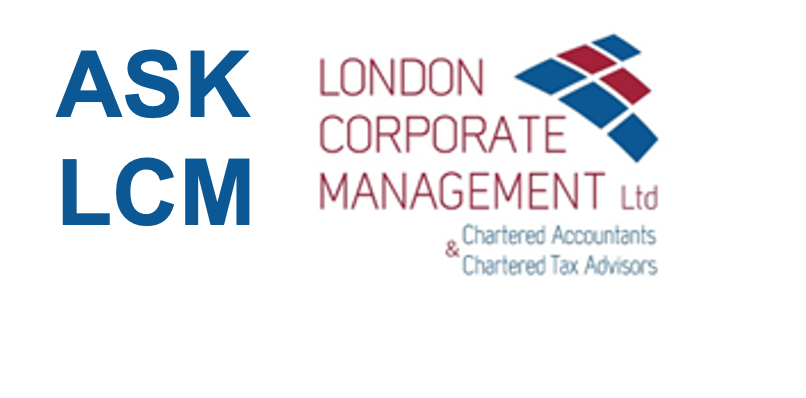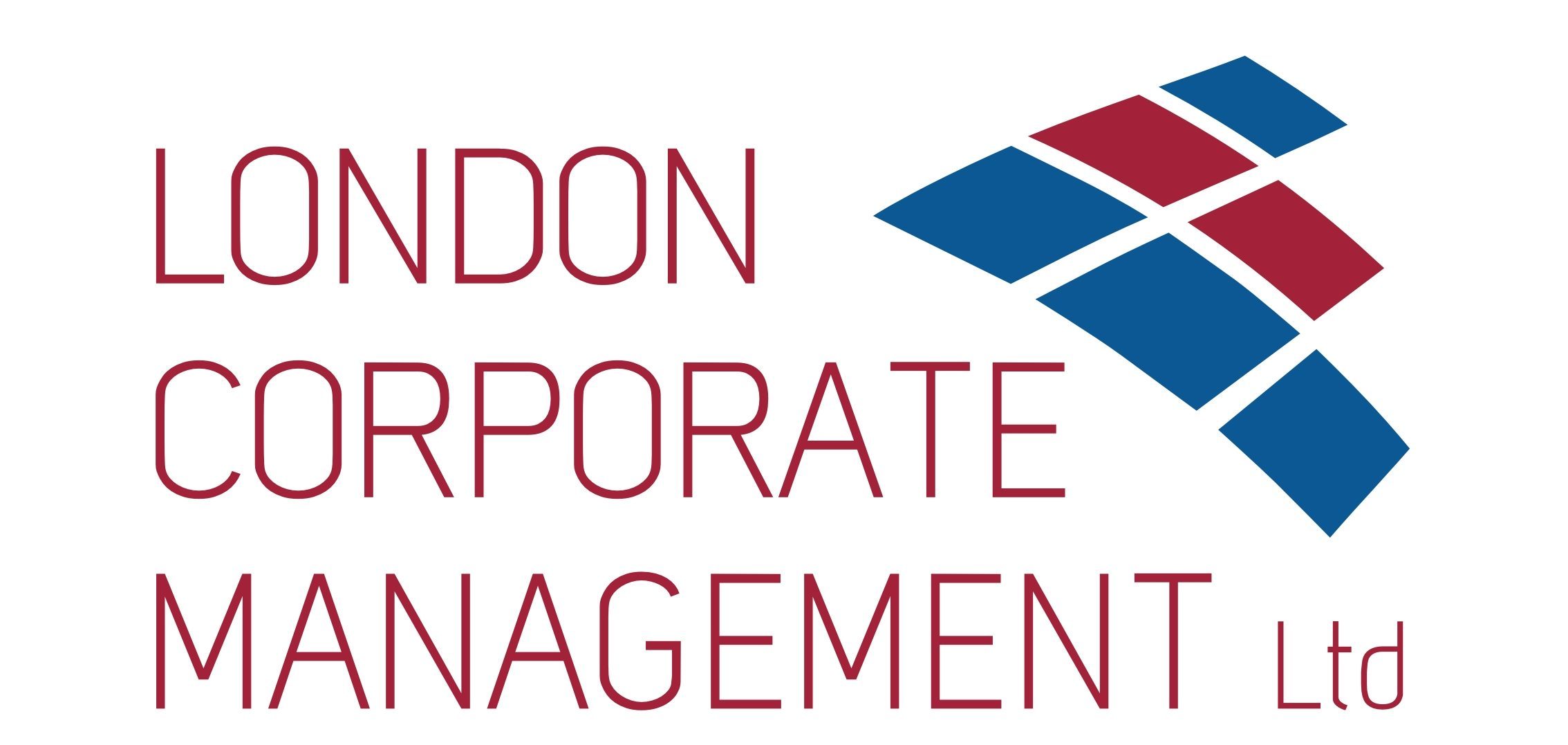Dividend distributions
In this weeks Ask LCM, we will be answering a question around dividend distributions. More specifically “What is the maximum amount of dividends my company can distribute?”
Ask LCM is a space that we have put together where every week we answer one of your questions. We aim to keep the answers in short format so everyone has the time to read, learn and progress together.

What are dividends
Dividends are a way of compensating or remunerating a shareholder of a company.
The purpose of a dividend is to reward shareholders with a return on their capital. The greater the return on investment, the more likely a shareholder may be to invest in a company.
However, dividends work differently from a salary.
A salary is remuneration for a worker for work that they have completed. A salary can be paid to an employee even if the company has made a loss or does not have sufficient reserves.
As long as the company has the cashflow, it can pay its employees a salary.
Whereas, a dividend can only be distributed to a shareholder if the company has available distributable reserves.
If the company does not have sufficient reserves, the shareholders cannot be paid a dividend.
Who can be paid a dividend
As mentioned above, dividends are a way of compensating/remunerating shareholders.
In order to be paid a dividend, you must hold at least one share within that company.
Therefore, to be paid a dividend, you must be a shareholder. Only shareholders can be paid a dividend.
Directors, employees, sub-contractors etc cannot receive a dividend. A director may be paid a dividend if he/she are also a shareholder of the company.
However, they receive the dividend in their role as a shareholder, not as a director.
How much dividends can be distributed
As mentioned in the first part of this article, a company can only distribute a dividend if it has sufficient reserves.
The amount of reserves that a company has determines how much dividends can be paid.
So how does a company obtain sufficient reserves?
In its simplest form, distributable reserves are an accumulation of past and present profits.
These are profits after paying corporation tax and any other liabilities.
Any dividends distributed will then reduce the amount of available reserves.
For example, a company has reserves of £100,000. The company then declares and pays a dividend of £25,000 to its shareholders. Therefore, subsequent to the distribution the company now has reserves of £75,000.
As a result of the above, the company could pay a further £75,000 of dividends if it wished to.
As long as the company reserves are not negative, dividends may be paid.
However, it is always wise to leave a balance of distributable reserves within the company for the future.
We hope that you found this short form post useful. But if you have any questions about dividend distributions, why not get in touch?
